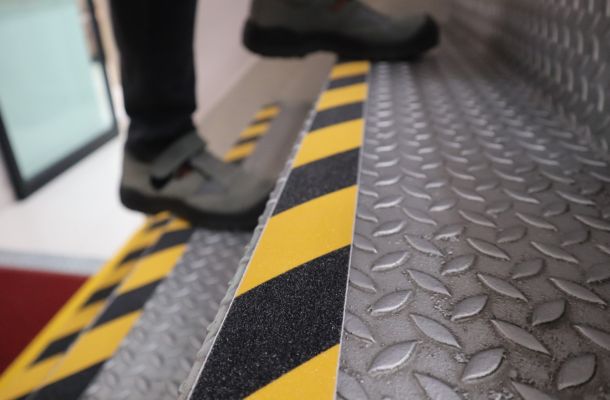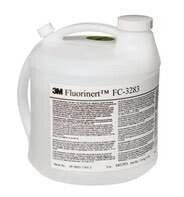Hard hat: it is on your head


Head protection is of paramount importance in a variety of jobs. As a private individual, it is everyone's responsibility to protect their body while cycling, skiing or other activities. For companies, however, this is not only an option but an obligation, and the framework for this is laid down in the health and safety regulations. In this post, we look at what a good quality safety helmet can do and what types of safety equipment exist.
Occupational safety takes a different form in every work area. While in an office environment, factors such as regular exercise, breaks, and good posture play the most important role, there are other jobs where physical protection of the body is vital.
The complexity of the protective clothing and the number of garments depends on the exact nature of the job and the hazards to which the worker is exposed. The head is one of the most vulnerable parts of the body, so it is no wonder that a safety helmet is the number one piece of protective equipment.
Are all helmets hard hats?
In a working environment, the short answer is no. Indeed, employers can only claim to have taken care of the physical safety of their employees if they provide them with suitable, certified protection gear that complies with regulations and standards. Be aware that certain helmets are not compatible with regulatory standards, therefore, cannot be considered hard hats.
The purpose of the hard hat is to protect the head from external physical impact. However, it can only do this if it is in perfect condition, so it is worth checking the surface of the hard hat for damage and cracks regularly. If any defects are found, the hat should be replaced, as a damaged one may not be able to provide the same level of protection. Each hard hat has a validity period of several years. Once the expiry date has passed, it is essential to replace it.
In addition to hard hats, it is worth mentioning another type of head protection, which is mostly used in less dangerous work areas. These are baseball caps that protect against low-force impacts, making working conditions more comfortable.
Classification of hard hats
Hard hats can be grouped according to several different characteristics and properties. Let's look at the most important ones.
What kind of hazards are they protecting against?
One of the basic groupings is the type of external impact the hard hat should protect against. It is not always the case that the protective equipment must withstand electricity, force, burns or extreme cold. These risk factors require different levels of resistance.
What is the standard they must comply with?
There are two categories of hard hats based on the standards, there are industrial helmets that must be used in areas where falling objects and lateral impact can cause injury. These industrial helmets are required to carry the date of manufacture, helmet type, manufacturer, size, material abbreviation and safety marking.
The other standard is for impact helmets, which are most used when working in confined spaces, such as pipelines or vehicle assembly. They are simpler in design, lighter and do not protect against falling objects.
What is a hard hat shell like?
There are so-called thermoplastic and thermosetting hard hat shells. Thermoplastics are more sensitive to UV radiation, which in practice means that their material will succumb to sunlight more quickly. These helmets can typically be used for up to 4 years.
The other category is the thermosetting helmets, which are more tolerant of sunlight, UV radiation and less brittle. Examples include glass-fibre reinforced polyester helmets, fanol-textile helmets and fibre-polyaniline acetate helmets.
The importance of colours
One might think that design is the only reason why the colour of helmets differs in some cases. However, the different colours represent different job roles. This makes it possible to tell at a glance which area of expertise a particular professional is working in. Let's look at what the colour of the helmet indicates:
- Green: mechanics,
- yellow: building construction workers,
- Red: inspectors,
- Blue: workers near high voltage,
- White/Grey: visitors.
Who is required to wear a safety hard hat and how should it be worn?
In general, hard hats are compulsory to wear for everyone on the construction sites, including visitors. It is worthwhile to comply with this rule as serious penalties can be imposed if you fail to do so, even if no accidents occur.
The use of hard hats in such an environment is therefore not an option, but an obligation. It is not enough to place the safety gear on your head, but it must be properly adjusted and switched on to ensure that it fulfils its protective function.
How to care for the hard hat?
The hard hat should be cleaned from time to time, but it is important never to use strong chemicals, as this can damage the material. Sometimes a hard hat is shared between several people during work stages, so it is a good idea to disinfect the inside to ensure good hygiene. Under no circumstances should hard hats be painted, scribbled on, written on, painted over or deliberately scratched.
Otherwise, the storage of helmets is not too complicated, but care should be taken to ensure that they are not exposed to strong and direct sunlight and that the room in which they are stored is neither too hot nor extremely cold. This will prevent the material from deteriorating when it is not in use.
Hard hat accessories
The use of hard hats alone is not always sufficient to provide adequate, full protection. The protective coverall is of course a basic piece of equipment, but the helmet can also be fitted with various accessories to suit the purpose, such as sweatbands and sweat pads to catch sweat drops that roll down the face, various vision panels and data shields to protect the face, blinders, goggle variations to protect the eyes, or earplugs to protect against hearing loss.
Safety hard hats are essential for everyone working in a hazardous environment. Accidents can occur anywhere at any time, so it's better to be safe than sorry! With proper protective equipment and maintenance, injuries and tragedies can be avoided in most cases.
More articles

3M Slip-Resistant Tape – professional accident prevention indoors and outdoors
Flanker Plusz Kft.
Contact Details
Boti Street, 100.





























